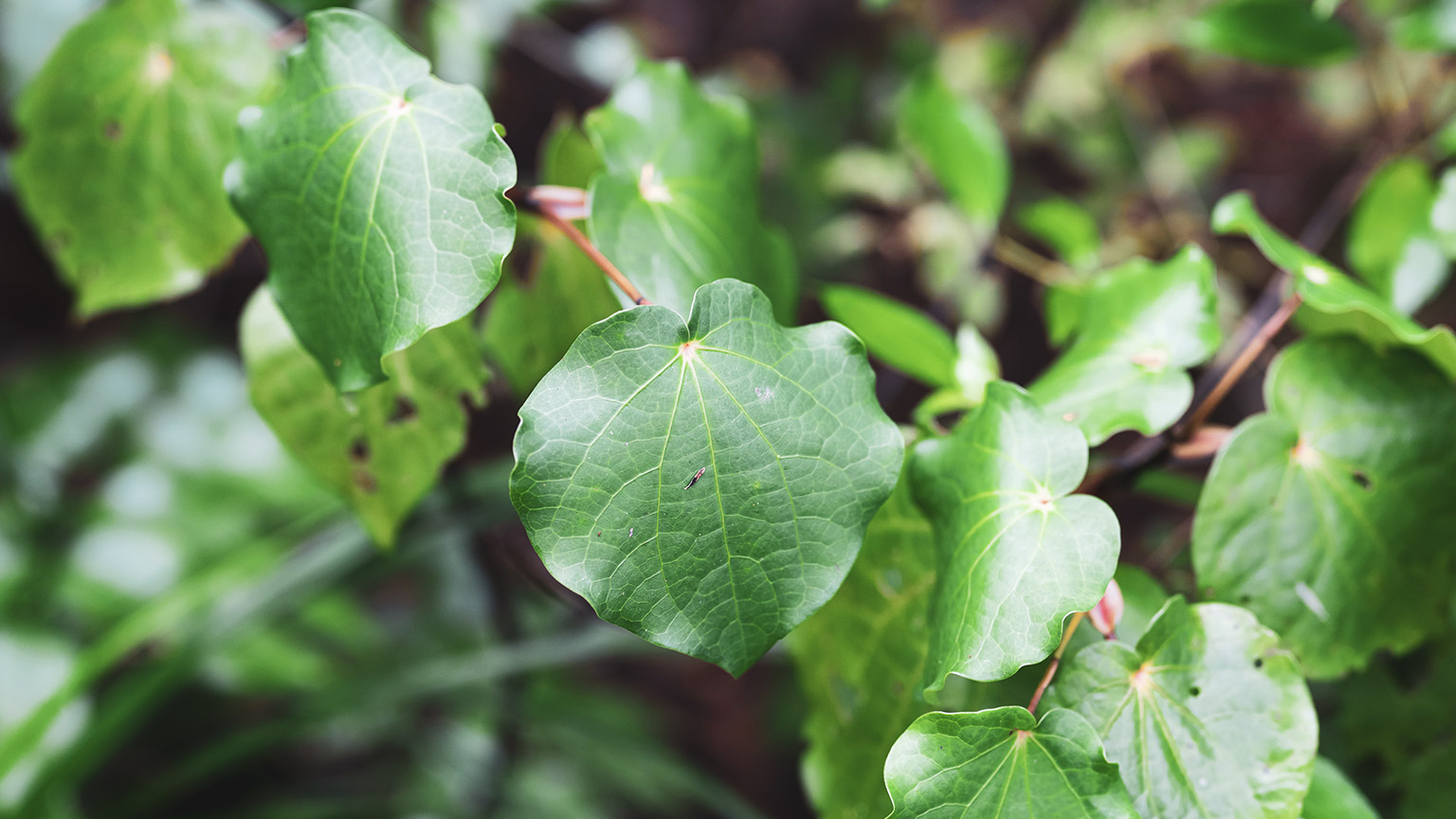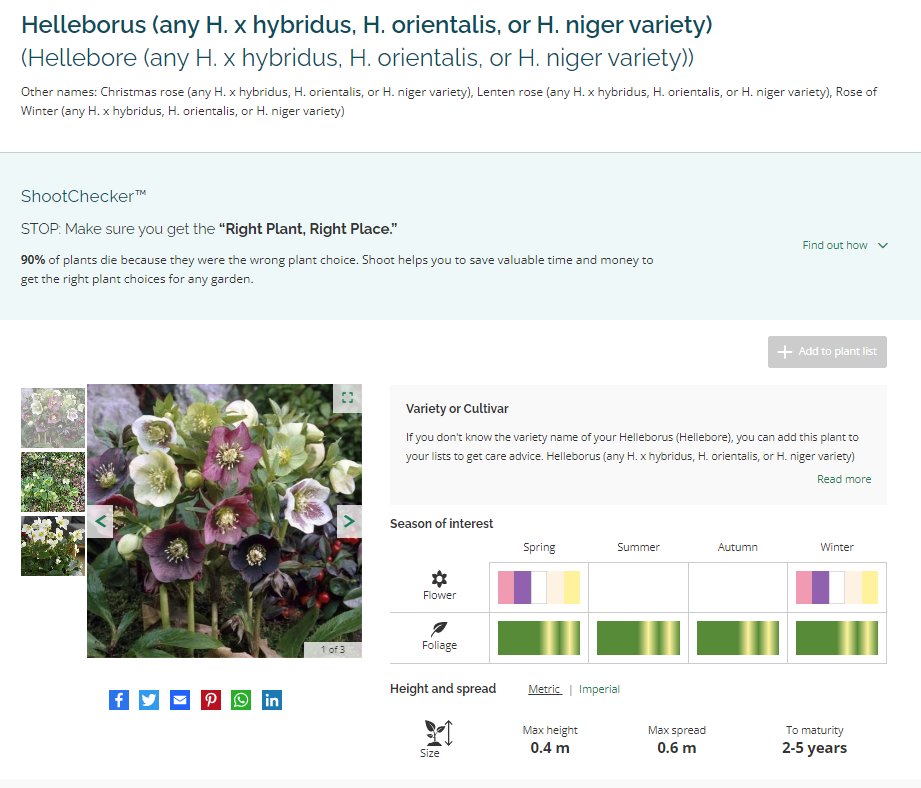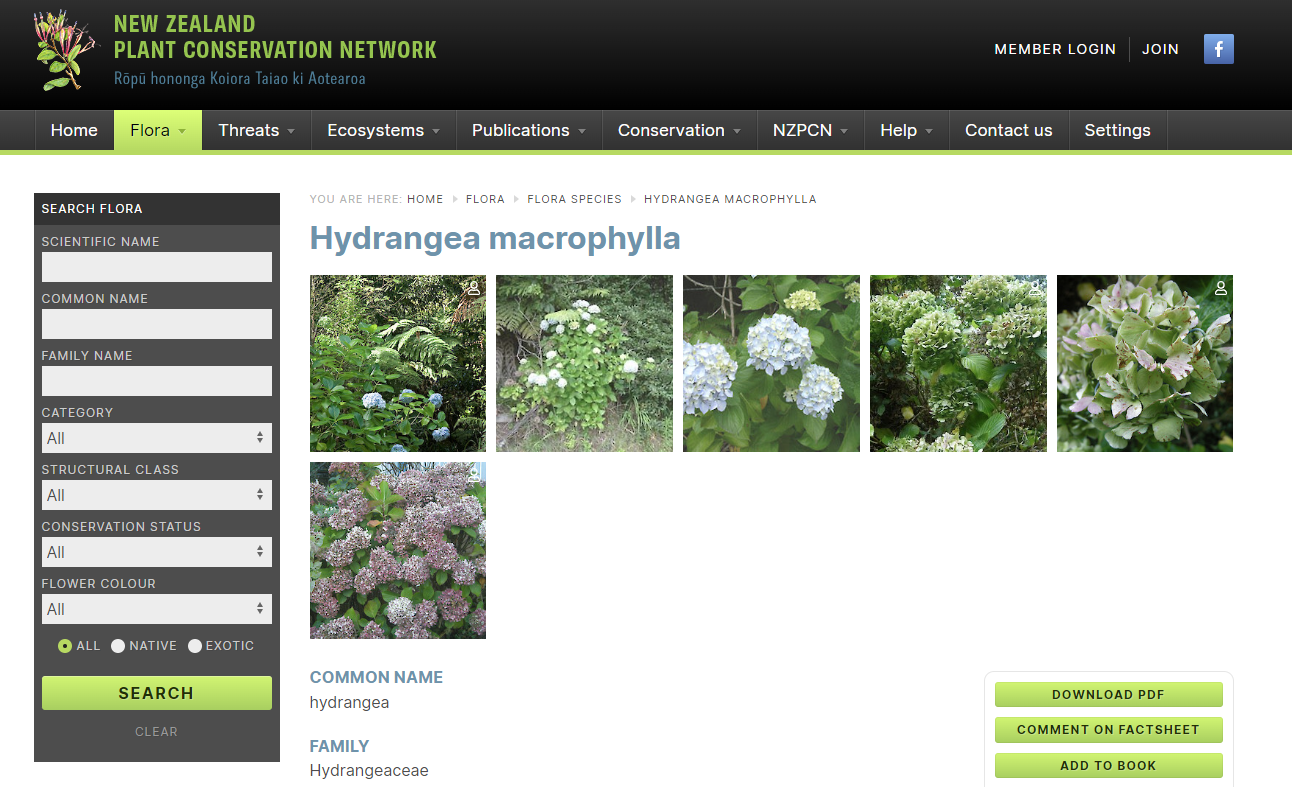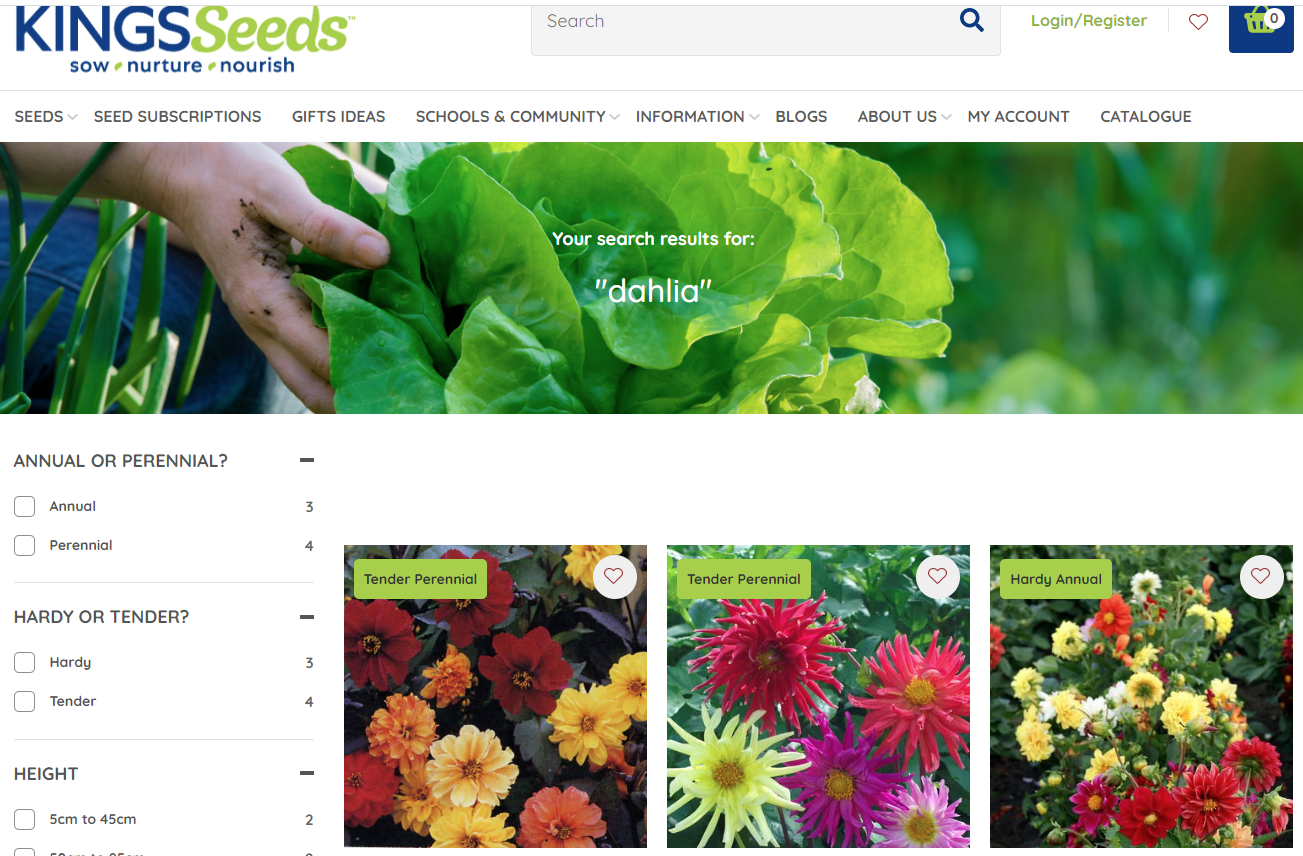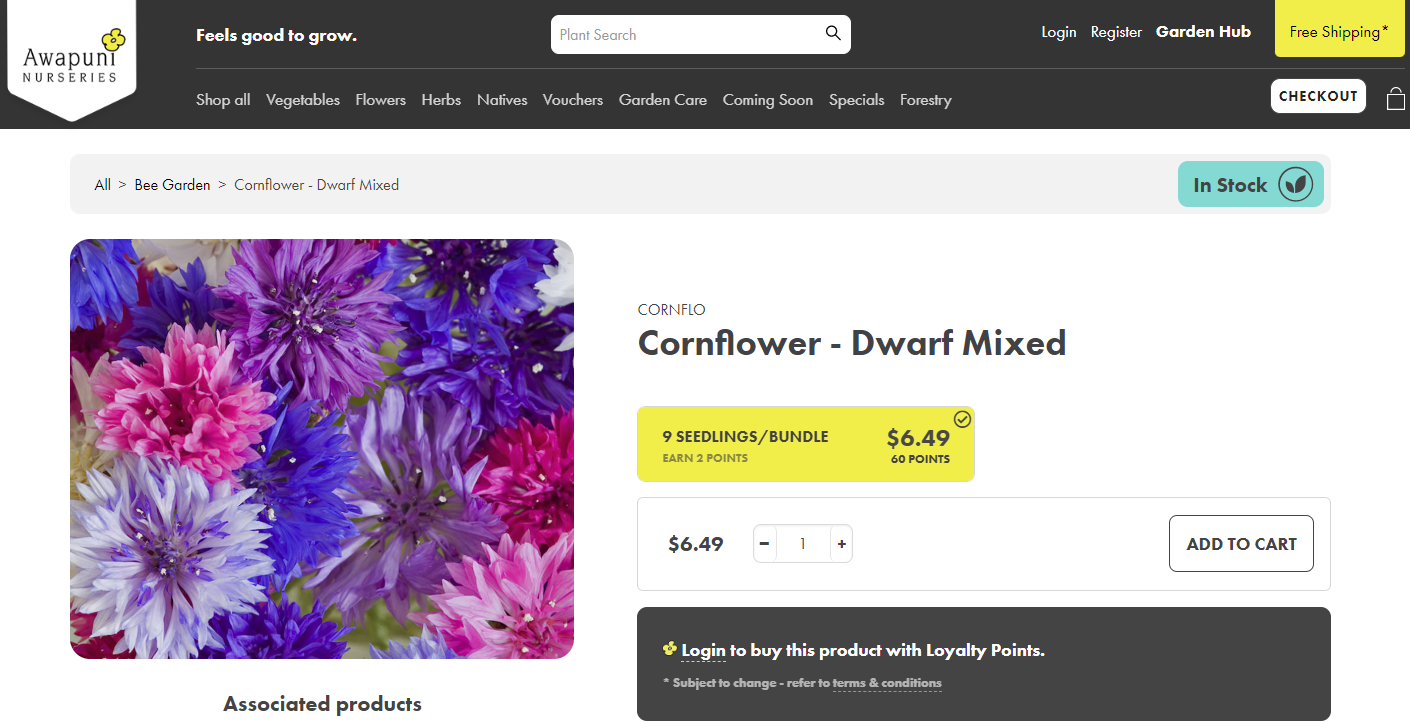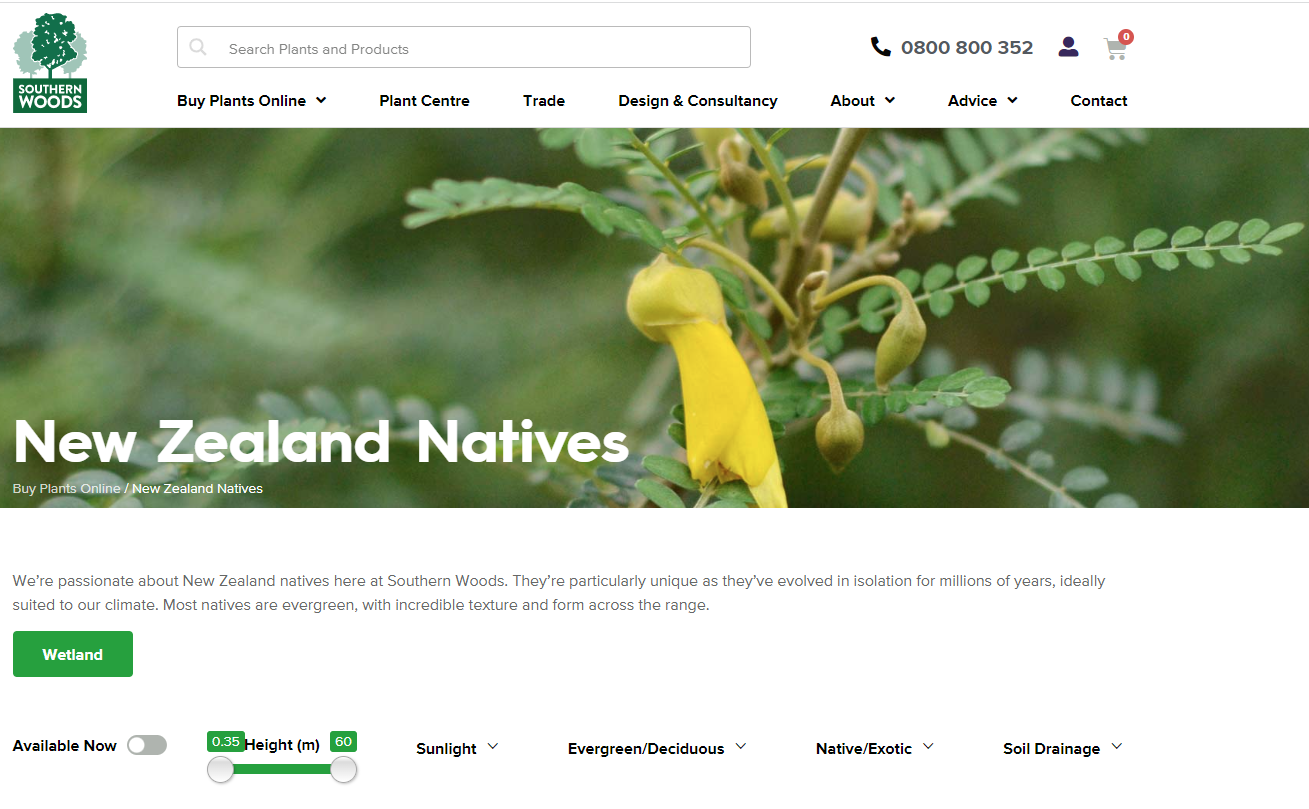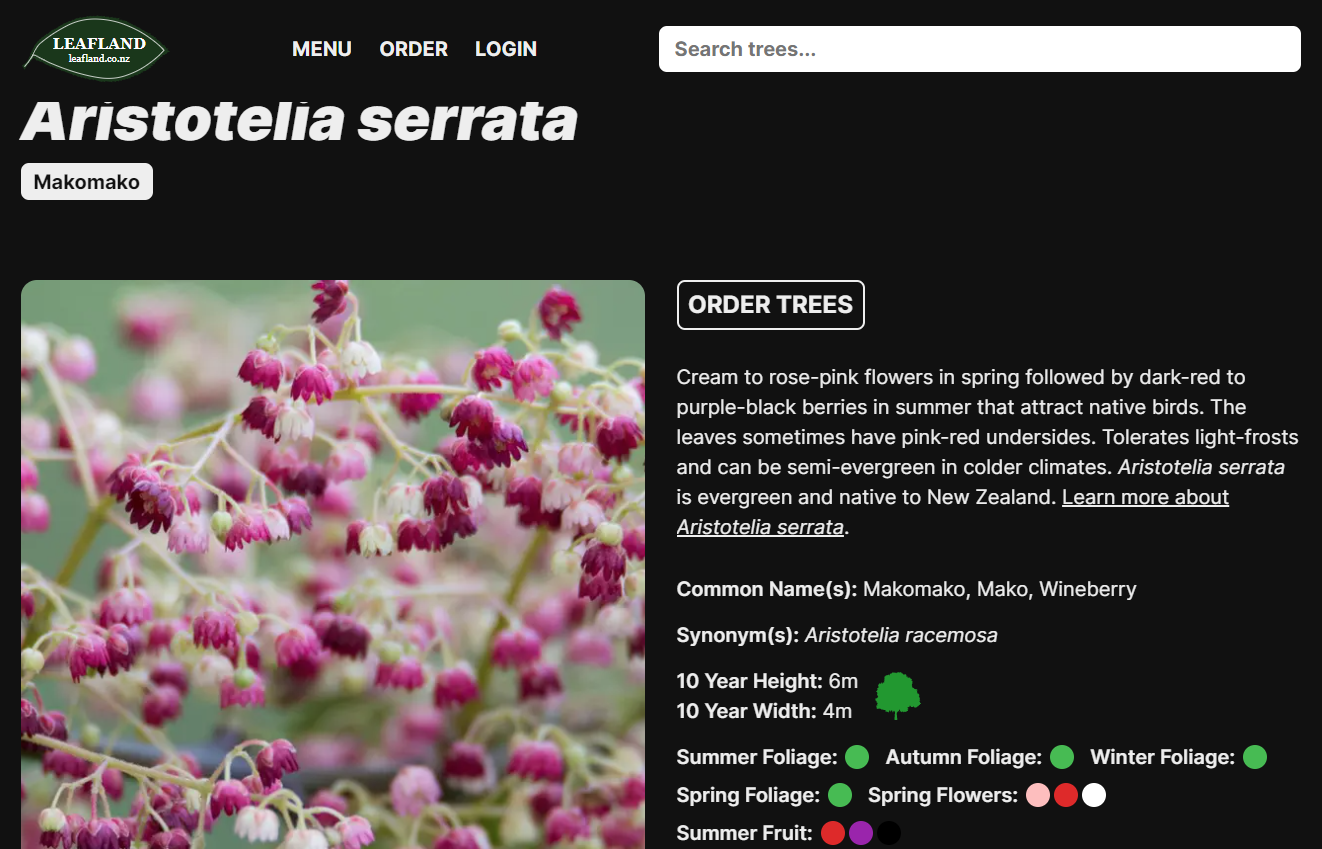Don't plant a kawakawa (Piper excelsum) in a sunny spot — it prefers full shade.
While all plants must have their five main biological needs met, different types of plants have different specific needs. It may be that they need more or less water than many other plants, that they don’t survive a frost, or they prefer shade.
Before we start, let's recap the five main needs of all plants.
Activity – Five main plant needs
Plant growing conditions
Plants are similar to people in that we all have basic needs, if not met, we cannot survive. However, whether we prefer to head to the beach or catch a movie in the middle of the day depends on our preferences. Some things we can tolerate, like a gray and rainy day, but we would prefer a bright cloudless sky. Our ability to thrive and be happy depends on at least some of our preferences being met.
If a plant can handle a lot of something, it is said to be tolerant of that thing, for instance a plant that can survive drought is said to be drought tolerant.
If a plant particularly likes something, it is said to prefer or have a preference for that. For example, a plant may tolerate full sunlight, but prefer partial shade.
Knowing what these words mean will help you choose plants that will suit your growing site.
Light
Terms commonly used to describe the brightness of light plants prefer are:
- Direct sunlight or full sun – the plant is in full sunlight for about eight (8) or more hours each day.
- Partial shade – the plant is in dappled sunlight for the whole day, or is in full sunlight for only an hour or two, preferably early morning or later afternoon.
- Full shade – the plant sees no direct sunlight. For instance growing plants indoors, or under thick tree canopy. Ferns are an example of plants that prefer full shade.
When deciding where to plant trees and shrubs, consider not only the brightness of sunlight they will get, but also the plants around them as they grow.
Wind
If a plant can tolerate strong wind, it is said to be able to be grown in exposed locations. If it can’t cope with strong winds, it is said to need sheltered locations.
Frost
If a plant can tolerate frost, it is given a special term to refer to this tolerance — hardy or frost (cold) hardy. If it can’t tolerate frost, it is said to be tender or frost tender.
Activity – Pick the right plant
Start by visiting Go Gardening's article on Shade Dwellers. Scroll to the table at the bottom and answer the following questions based on that information. Note that the asterisk in the table means the characteristic at the top of the column applies to the plant on that row.
Soil type
Some plants prefer sandy soils because they let water drain freely. Others like clay soils, which hold water and organic matter in the soil for longer. Some prefer a balance of both, which can be found in silty soils or loam soils.
Sometimes soils will be called chalky, which means they are shallow, stony, and free-draining.
Soil moisture or drainage
This is closely related to soil type. A plant that prefers sandy soil will most likely prefer well draining soils. One that prefers clay soils will usually be said to prefer moisture-retentive soils (soils that hold moisture for a long time).
Other terms commonly used to describe plant preference for soil moisture include:
- boggy or damp conditions
- moist but well-drained.
| Name | Light | Wind | Frost | Soil type | Soil moisture |
|---|---|---|---|---|---|
| Apple, āporo (Malus domestica ‘Granny Smith’) | Full Sun | Exposed, Sheltered | Hardy | Clay, Loamy, Sandy | Moist but well-drained, Well-drained |
| Apricot, aperekoti (Prunus armeniaca 'Moorpark') | Full Sun | Sheltered | Hardy | Loamy, Sandy | Moist but well-drained, Well-drained |
| Capscium, rapikama (Capsicum annuum 'California Wonder') | Full Sun | Sheltered | Tender | Loamy, Sandy | Well-drained |
| Carrot, uhikaramea/kāreti (Daucus carota) | Full Sun | Sheltered | Hardy | Loamy, Sandy | Well-drained |
| Grape (Vitus vinifera) | Full Sun | Sheltered | Hardy | Chalky, Clay, Sandy | Well-drained |
| Kumara, sweet potato (Ipomoea batatas) | Full Sun | Sheltered | Tender | Chalky, Loamy, Sandy | Moist but well-drained, Well-drained |
| Orange, ārani (Citrus sinensis) | Full Sun | Sheltered | Tender | Chalky, Clay, Loamy, Sandy (will tolerate most soil types) | Moist but well-drained, Well-drained |
| Potato*, rīwai (Solanum tuberosum 'Nadine') | Full Sun | Sheltered | Tender | Chalky, Clay, Loamy, Sandy (will tolerate most soil types) | Moist but well-drained, Well-drained |
| Rhubarb**, rūpapa (Rheum rhabarbarum) | Partial Shade, Full Sun | Exposed, Sheltered | Hardy*** | Chalky, Clay, Loamy, Sandy (will tolerate most soil types) | Moist but well-drained |
| Taro**** (Colocasia esculenta) | Partial Shade, Full Sun | Sheltered | Tender | Loamy, Sandy | Well-drained |
| Tomato, tōmato (Lycopersicon esculentum) | Full Sun | Sheltered | Tender | Loamy, Sandy | Well-drained |
| Watercress, wātakirihi (Nasturtium officinale) | Partial Shade, Full Sun | Sheltered | Hardy | — | Boggy damp conditions, Moisture-retentive, Pond/In water |
* Potato shoots, leaves, above-ground fruit (that look like small green tomatoes) and green parts of potato tubers are poisonous if eaten.
** Rhubarb leaves and roots are toxic if consumed in large quantities and are toxic to domesticated animals.
*** Rhubarb may die back completely after heavy frost but should grow again the following spring.
**** All parts of taro are poisonous isfeaten raw.
data from Shoot Gardening.
Finding plant growth preferences
Being a gardener or horticulturalist means knowing about the plants you grow. To build up your knowledge, start with a a few trusted online plant databases, or grower’s websites. These will let you search for different plants and tell you about their growing preferences. Some will even let you search based on the conditions of your growing site. Select the (+) sign for each website to read more.
Plant databases
A large UK-based database, which contains many of the plants grown in Aotearoa. Notice their "Shoot checker" allows you to upload details about your growing conditions so their experts can provide helpful information to ensure you have the right plant in the right place.
Useful search options:
- Name
- Type, e.g. fruit or vegetable
- Sun exposure
- Soil type
- Tolerance to frost
Contains information about tolerance to frost and wind, light and soil preferences and plant growth – size and age to maturity. A lot of the key information is given under specific headings, like Soil type, Soil drainage, and light, but sometimes you need to read other sections, like Cultivation.
This is a good place to start for general information, such as finding the scientific name of a plant that you can then use to search other databases and websites.
New Zealand Plant Conservation Network (NZPCN)
Probably Aotearoa’s best source of information about native plants. Also contains information about exotic (non-native) species which are grown in Aotearoa.
Useful search options:
- Name
- Conservation status (is it threatened, endangered and so on)
- Native or exotic
A good place to go if you need detailed information about native plants including traditional uses.
Grower's sites
A large collection of vegetable, herb and flower seeds.
Useful search options:
- By name
- For Organically Certified seeds
- For heirloom/heritage varieties
- Based on tolerance to frost
Each plant page contains information about how long it takes to germinate (sprout from seed), how long it takes until it’s ready to harvest, how far apart to plant them and when to sow the seeds.
Vegetables, herbs, flower plants and natives shipped in soil and newspaper, like the ones you see in some supermarkets.
Useful search options:
- By name
- By what’s in stock
- Soil conditions
- Growing conditions
Each plant page contains basic information about plant growth requirements, plant care, time till harvest and companion plants.
A large selection of fruit trees, nut trees, berries, vines and ornamental trees.
Useful search options:
- By name
- By attributes within each section, e.g. apples can be filtered by “sweet”, “tart”, or “cooking”, as well as other options
Each plant page contains information about harvest dates, pollination and growth, planting and care requirements.
Suppliers of a wide range of native and exotic plants, including fruit and nut trees.
Useful search options:
- By name
- By what’s in stock
- Sun exposure
- Native or exotic
- Evergreen or deciduous
- Soil drainage
Each plant page contains information about height and spread after five (5) years and when fully grown, sun exposure, and soil drainage.
Supplier of large fruit trees and specimen trees for ornamental gardens.
Useful search options:
- By name
- By what’s in stock
- Sun exposure
- Native or exotic
- Evergreen or deciduous
- Soil drainage
Each plant page contains information about height and spread after 10 years, and leaf, fruit, and flower colours.

Now is a good time to work on Assessment 1 for this module. Click the "Assessment 1: Garden Journal" link in the content menu at the bottom of this module. Remember that you need to submit a garden journal each week to evidence your progress. Complete the assessment and submit it for marking. Please ask your tutor if you require clarification on what is required of you.
